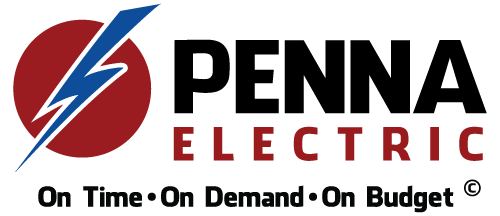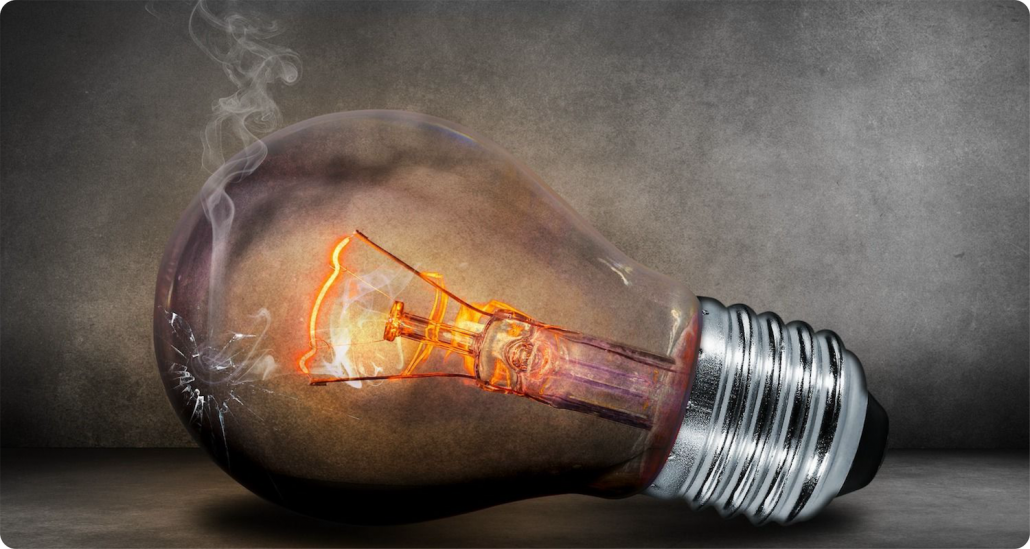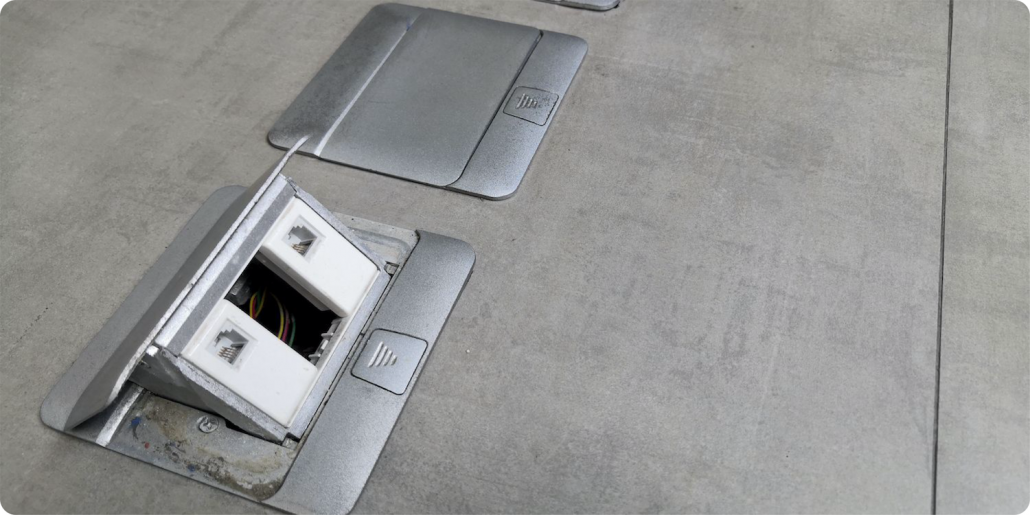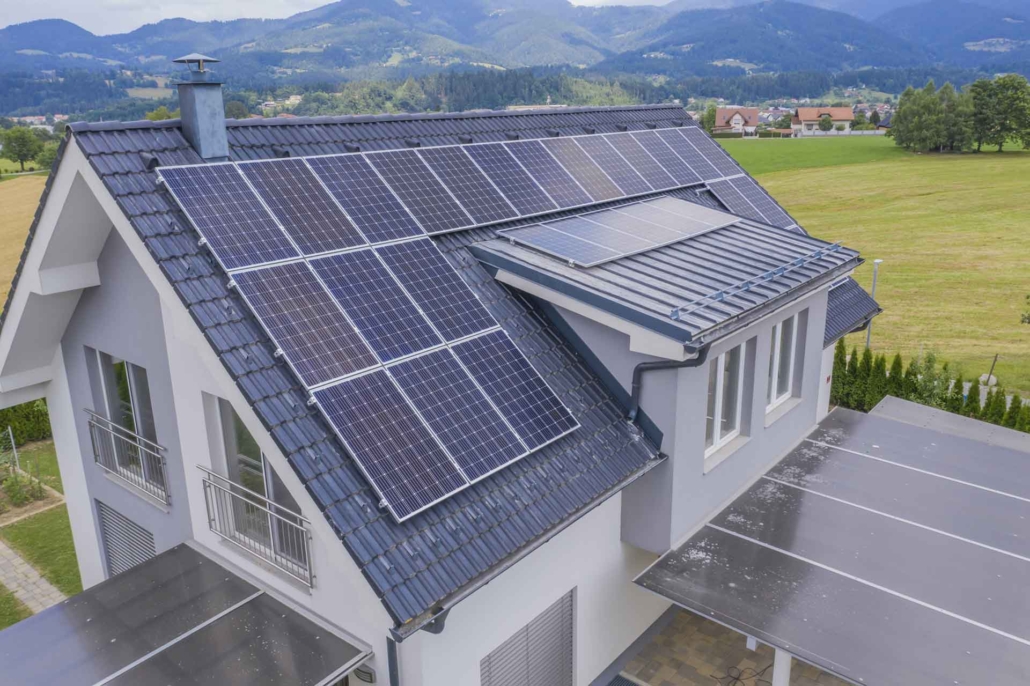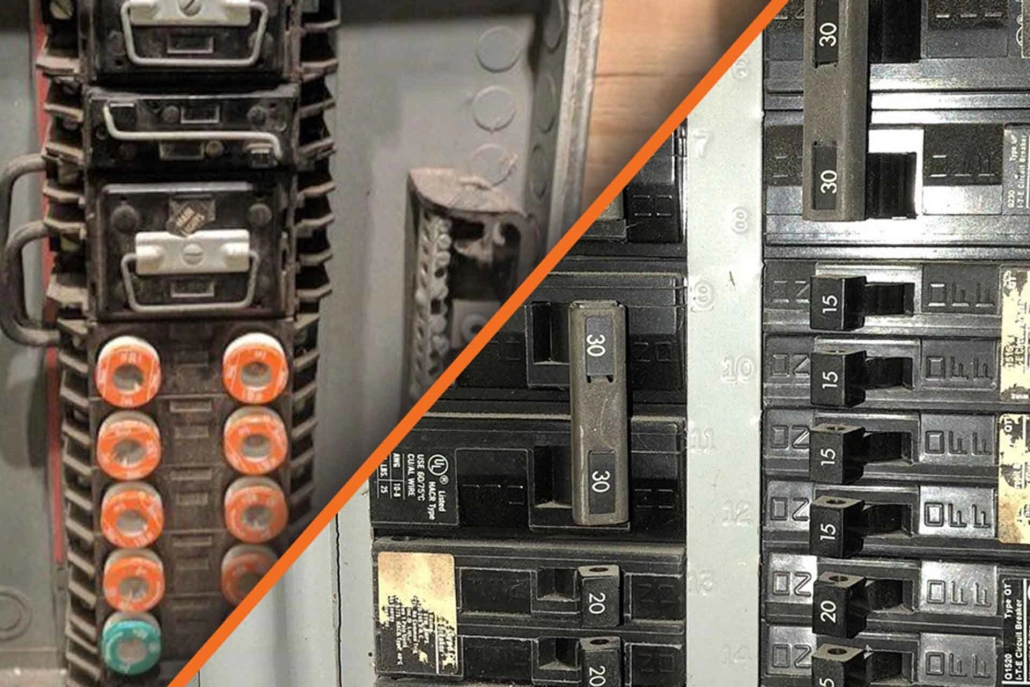August 12, 2020 | Cristina Dinulescu
An electrical panel is the cornerstone of your home’s electrical system. While all you might ever want to know about it is that it distributes power to your house, there are several types of electrical service panels that might come in handy to know about.
Whether you’re looking to upgrade or replace your electrical panel or simply understand the electrical system in your home, this guide into electrical panel types will help. It’s important to note that there are different ways in which electrical panels can be classified, from technologies and applications, to capacity or even performance and safety.
Electrical Panel Types: Technology & Applications
There are 4 main types of electrical service panels in terms of the role they play within the home’s power system. Not all houses have all four types present, and how many and what types you’ll need depends on your circumstances. There are many factors that come into play, from the size of your house, your usage, and your power needs.
1. Main Electrical Panel
A main breaker panel is used to control the electricity that’s distributed throughout your home. It’s the most commonly used type of panel. Not only does it distribute current to different areas and rooms in your house, but it also protects the circuits and identifies the amperage capacity.
The main breaker, which is a two-pole circuit breaker, inside this type of panel, can be used to shut off all power to the house in case of emergency or if any electrical work is carried out. This panel also houses the ground and neutral bus bars, which act as safety features and prevent the circuits from overheating. This can happen because of wiring issues or defective appliances. Breakers can also trip when there’s a dead short – a hot lead coming in direct contact with metal.
The ground bus bar is a backup for the neutral, in case the neutral connection is lost or false. The ground wire connects to the grounding bar and the neutral wire connects to the neutral bar. The current flows to an appliance from the breaker “hot lead” and returns on the neutral.
2. Main Lug Panel
The main lug panel is similar to the one above, with the distinction that there’s no main breaker. Sometimes these types of panels are used as sub-panels. The line wires with this kind of panel run to a lug, which is a type of electrical connector.
With lug panels, the main breaker is a separate disconnect located at the meter, but it can also be connected to the breaker at the main panel. In case of an electrical fire, you’ll be able to cut power without entering the house due to the separate disconnect.
3. Sub-panels
If you need multiple circuits in the same area of the house, then sub-panels are ideal for you. These are small electrical panels that are used to service a certain room or area, and hold circuit breakers that are separate from the main panel. They do get power from the main electrical panel using a circuit.
Sub panels don’t have dedicated disconnects. You can use them to adjust the distribution of current throughout your home, but you can’t have more sub-panels in your house than there are available circuits in the main breaker panel.
It’s important to note that you can’t increase available power with sub-panels. They only help distribute current and they’re convenient, as they’re usually located near the area they power. However, if you need an increase in electricity, then you’ll need to talk to your electrician or contact the local utility company.
4. Transfer Switches
Transfer switches, as the name suggests, transfer generator power into electrical power. They are a type of sub-panel mostly used in areas where storms or unpredictable weather conditions are common. Many homeowners in these areas have backup power generators.
The backup power can be wired to the breaker panel of the house, in order to provide proper switching between the power service and the backup power in case of an outage. Power generators can have the same rating transfer switch as the main panel.
Transfer switches can also be categorized in two types:
- Manual: with these, you have to manually start the generator and switch the electric load to the backup power;
- Automatic: with these, the switching from the utility power to the backup power happens automatically, whenever there is an outage.
Electrical Panel Types: Capacity
Another way to classify electrical panels is by their capacity. A lot of the old homes still have small amperage electrical panels, such as 60-Amps or 80-Amps. These are not up to code in many cases, and they also can’t handle a modern home’s requirements in terms of electricity usage.
Based on amperage, there are several options when it comes to main electrical panels:
- 100, 125 or 150-Amps electrical panels – these panels are higher capacity than the old ones, but they’re still not recommended today (nor are they very common). They feature a limited number of circuit breakers and don’t pair well with AFCI breakers, which are becoming more and more of the norm.
- 200-Amps panels – these are now considered the benchmark for what a modern home requires.
- 400-Amps panels – these are fairly rare in residential properties, but there are cases in which houses require such high capacity. If you have a greenhouse, a home gym with plenty of equipment, a hot tub or spa, or specialty equipment that requires a lot of power, then this may be the panel type for you.
Electrical Panel Types: Safety
While the amperage is an important feature to categorize electrical panels and to consider when looking to upgrade, the performance and safety of the panel are even more so. Houses built before 1990 may still have older types of electrical panels that are outdated and even unsafe.
When you research the different categories or groups, you should have an understanding of what are the best and worst electrical panels. Below you’ll find a short guide to what to look for in the best panels and what panels to stay away from.
1. The Best electrical panels are the ones that provide everything your electrical system needs to run properly, efficiently and safely. There is no one type, as every home is different and households have different power needs or requirements. However, these are some general factors that make panels the best choice:
- Sufficient amperage: as mentioned above the best panel for you is the one that provides your home with sufficient amperage to run all your devices, appliances and electronics, as well as any sort of equipment you may have. If the amperage is too low, then the electrical system becomes overloaded, which can damage your devices, but also lead to electrical shocks or fires.
- Warranty: your electrician should be able to recommend the best panel for you depending on the electrical plan. But if you’re researching brands and options yourself, then you should take a look at the warranty offered.
2. The Worst electrical panels are the ones that are no longer up to code, the old, outdated panels, which can also be unsafe. These usually can be found in older homes, built anywhere between the 1950s and 1980s. The most common outdated panels are:
- FPE panels – Federal Pacific Electric panels were the most popular ones between the 1950s and 1980s. They were installed everywhere in US homes, but they are actually hugely unsafe. The circuit breakers inside these panels don’t trip when the circuit is overloaded or there’s a short. Due to this failure, electrical fires were on the rise across the US.
- Zinsco panels – these panels were popular during the 1970s, and even though they don’t exist anymore, many homes still have them. The reason they’re unsafe is that the circuit breakers inside them melt to the main ‘bus bar’. This means that in the case of a short circuit or any other issue, the power overload melted the wires and caused fires.
- Fuse boxes – these are old panels that have fuses instead of circuit breakers. When a circuit overloads, the fuse burns out and needs replacing. They’re unsafe because fuses are not equipped to handle today’s power needs, so many times they would have been modified.
- Split-bus electrical panels – these are different from the typical modern panels, as they have two metal buses and no single main disconnect. They’re not inherently unsafe, but they’ve been out of use for 40 years, which exceeds they’re lifespan, so the circuit breakers can fail to trip. Additionally, the present electrical code does not allow for multiple disconnects anymore.
The right electrical upgrade can dramatically improve the value and appearance of any home or business. You’ll be amazed at what a difference the right electrical upgrade can make for your home or business. Make sure that when you select an electrical company to do the enhancement of your home and you have decided to take your enhancement to the level where you require an electrical upgrade that the technician at the company has a good working knowledge and the experience to properly guide you in this area.
When you decide to upgrade, our well-trained and certified electricians have all the experience and training needed to complete your electrical panel upgrade project from start to finish, with a minimum of fuss or disturbance. Please contact us right away at 310-800-2401
